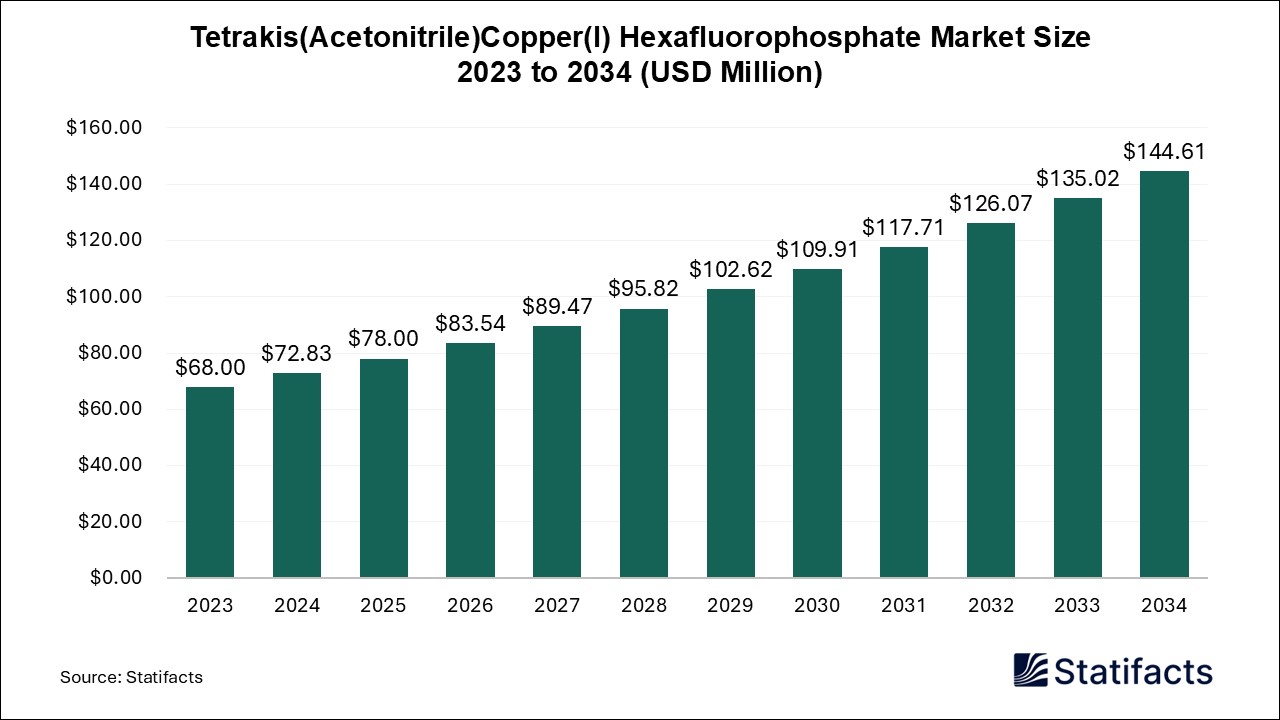Last Updated: 25 Jun 2025
Source: Statifacts
By clicking “Accept All Cookies” you agree to the storing of cookies on your device to enhance site navigation, analyze site usage, and assist in our marketing efforts.
Privacy PolicyThe global gynecological devices market size surpassed USD 10.52 billion in 2024 and is predicted to reach around USD 23.22 billion by 2034, registering a CAGR of 8.23% from 2025 to 2034.
| Industry Worth | Details |
| Market Size in 2025 | USD 11.38 Billion |
| Market Size by 2034 | USD 23.22 Billion |
| Market Growth Rate from 2025 to 2034 | CAGR of 8.23% |
Gynecological devices play an important role in the diagnosis, treatment, and management of many conditions affecting women’s reproductive health. These devices range from therapeutic (nonsurgical) and rehabilitative tools to surgical instruments. The importance of quality in gynecology equipment includes well-designed and reliable devices also contribute to greater efficiency and reduced intervention times. The U.S. gynecological devices market growth is driven by the introduction of technically advanced products, an increase in initiatives promoting routine checkups, and the rising prevalence of gynecological diseases.
According to a report published in 2025, the global burden of diseases (GBD) includes uterine neoplasms, in situ cervical, benign, ovarian cancer, uterine cancer, cervical cancer, genital prolapse, uterine fibroids, polycystic ovarian syndrome (PCOS), and other gynecological diseases. GBD 2021 datasets assess health loss because of 371 diseases and 88 risk factors across 204 countries since 1990, employing advanced methodologies like spatiotemporal Gaussian process regression and MR-BRT to correct biases and estimate health loss.
An AI algorithm analyzes medical imaging data like CT scans, MRIs, and US to detect early signs of gynecological cancers. CTG interpretation and fetal physiology can potentially be facilitated by AI, thereby limiting adverse events in obstetrics. In gynecology, AI can delineate the complexity of the molecular biology of gynecological cancer and consequently serve the vision of personalized medicine. AI-assisted tools can predict the outcomes of patients rapidly, saving time and avoiding delays in directing further care.
Wendy Brauner, Vice President, Commercial, at KARL STORZ United States, said, “We are excited to make this podcast available to anyone with an interest in enhancing healthcare operations for the benefit of patients everywhere.”
Holly Sheffield, President, Cooper Surgical, Inc., said, “We are honored to be able to support ASRM in their quest to advance the science of embryology through innovative education and training, empowering professionals to transform the future of reproductive healthcare.”
North America dominated the global gynecological devices market in 2024. Increasing use of technologically advanced products, increasing initiatives promoting routine checkups, and rising prevalence of gynecological disorders are driving the growth of the market in the North American region.
Asia Pacific is projected to host the fastest-growing market in the coming years. Rise in outpatient procedures, growing awareness of women’s health, rising prevalence of gynecological disorders, and technological advancements are contributing to the growth of the gynecological devices market in the Asia Pacific region.
The gynecological devices market is moderately competitive and has a number of large and medium-scale enterprises in increasingly stiff competition for different segments of the market, such as surgical instruments, diagnostic devices, and endoscopy tools.
Boston Scientific Corporation operates in about 130 countries. The multinational operates in the MedSurg, Cardiovascular, Neuro, and Rhythm sectors around the world.
Cooper Surgical Inc. operates in more than 130 countries, with significant investments in women’s health and fertility sectors around the world.
Published by Kesiya Chacko
Last Updated: 25 Jun 2025
Source: Statifacts
Last Updated: 25 Jun 2025
Source: Statifacts
| Subsegment | 2024 | 2025 | 2026 | 2027 | 2028 | 2029 | 2030 | 2031 | 2032 | 2033 | 2034 |
|---|---|---|---|---|---|---|---|---|---|---|---|
| Surgical Devicess | 5,598.20 | 6,057.30 | 6,560.10 | 7,111.30 | 7,715.90 | 8,379.60 | 9,108.70 | 9,910.40 | 10,792.60 | 11,621.10 | 12,463.10 |
| Handheld Instruments | 1,518.10 | 1,643.00 | 1,779.70 | 1,929.70 | 2,094.20 | 2,274.80 | 2,473.30 | 2,691.50 | 2,931.70 | 3,157.30 | 3,386.50 |
| Diagnostic Imaging Systems | 3,406.60 | 3,674.90 | 3,968.10 | 4,288.50 | 4,639.20 | 5,023.00 | 5,443.70 | 5,904.90 | 6,411.10 | 6,887.40 | 7,371.10 |
Last Updated: 25 Jun 2025
Source: Statifacts
| Subsegment | 2024 | 2025 | 2026 | 2027 | 2028 | 2029 | 2030 | 2031 | 2032 | 2033 | 2034 |
|---|---|---|---|---|---|---|---|---|---|---|---|
| Surgical Devicess | 5,598.20 | 6,057.30 | 6,560.10 | 7,111.30 | 7,715.90 | 8,379.60 | 9,108.70 | 9,910.40 | 10,792.60 | 11,621.10 | 12,463.10 |
| Handheld Instruments | 1,518.10 | 1643 | 1,779.70 | 1,929.70 | 2,094.20 | 2,274.80 | 2,473.30 | 2,691.50 | 2,931.70 | 3,157.30 | 3,386.50 |
| Diagnostic Imaging Systems | 3,406.60 | 3,674.90 | 3,968.10 | 4,288.50 | 4,639.20 | 5023 | 5,443.70 | 5,904.90 | 6,411.10 | 6,887.40 | 7,371.10 |
Gynecological devices are medical tools and instruments used for diagnosing, treating, and monitoring conditions related to the female reproductive system. They include surgical tools, diagnostic equipment, and devices for reproductive health.
Growth is fueled by rising awareness of women’s health, increasing incidence of gynecological disorders, technological advancements, and greater adoption of minimally invasive procedures.
Common devices include hysteroscopes, colposcopes, endometrial ablation devices, female sterilization implants, and surgical instruments like forceps and speculums.
Major companies include Johnson & Johnson (Ethicon), Medtronic, CooperSurgical, Hologic, and Karl Storz, all offering a broad range of products for diagnostics and surgical applications.
Regulatory hurdles, product recalls, high development costs, and limited access to advanced devices in low-income regions are key challenges. Additionally, increasing competition from low-cost manufacturers adds pressure.
To get full access to our Market Insights, you need a Professional Account or a Business Suite.

You will receive an email from our Business Development Manager. Please be sure to check your SPAM/JUNK folder too.

You will receive an email from our Business Development Manager. Please be sure to check your SPAM/JUNK folder too.

Our customers work more efficiently and benefit from



